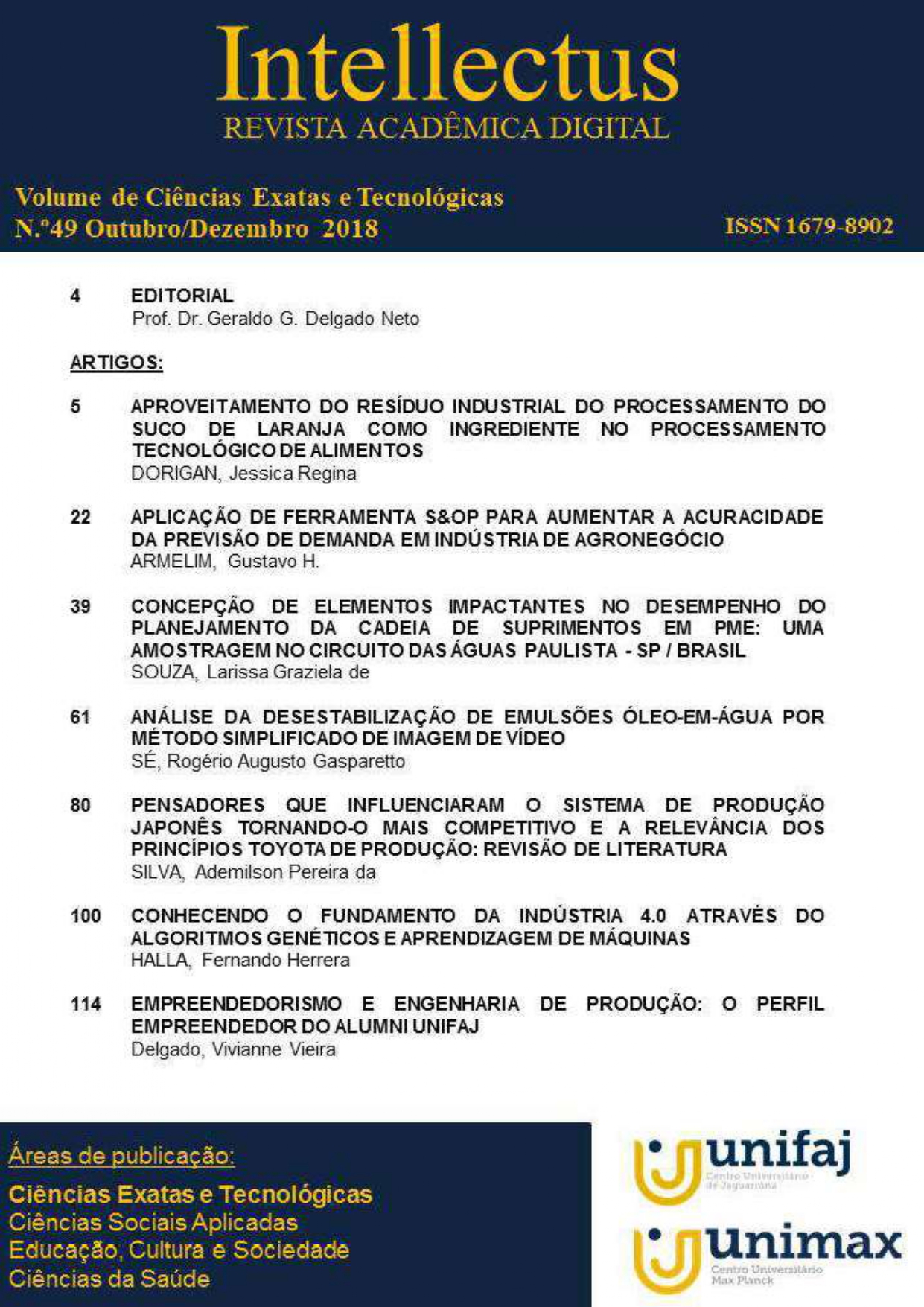Utilization of industrial residue from orange juice processing as an ingredient in food technology processing
Keywords:
Waste, Flour, OrangeAbstract
Brazil is one of the largest countries producer of oranges in the world, with a harvest of more than 18 million tons/year, with 70% of production being destined to the production of orange juice, with waste around 8 million tons/year. Therefore, it is important to take advantage of these wastes as an alternative to minimize environmental impact. In the first stage of this work was simulated the industrial processing of juice to obtain the residues. In the second stage, cakes were prepared with the substitution of 10% (F10) and 15% (F15) of the wheat flour for the orange residue flour (ORF). The ORF presented a high content of dietary fiber (44%), with a balanced distribution of the fiber types, being 50% soluble fiber and 50% insoluble fiber. The taste and texture of the cakes presented statistical differences (p <0.05) of the formulation F10 and F15 with lower scores than standard formulation (SF). The ORF provided the and F15 formulations pleasant color and smell, without the need for addition of additives. Allowing its use as an ingredient to increase the nutritional value, as the fiber content in products processed with 25% reduction of added sugar.



